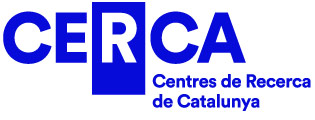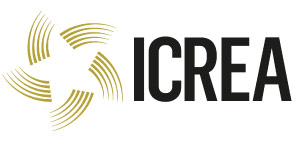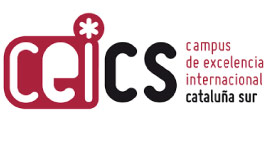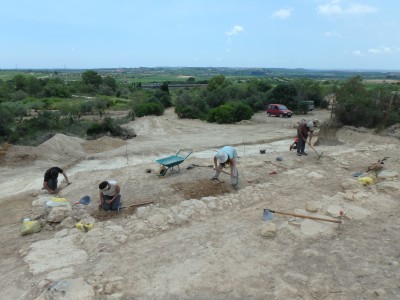
Last July 17, 2020 archaeological campaign in Costa de la Serra (La Secuita, Tarragona) ended.
For three weeks, a small group of ICAC researchers, students from the inter-university master’s degree in Classical Archaeology and volunteers have been working hard to define the southern limit of the fortification.
Recent works bear out preliminary results obtained in the 2019 intervention, with the discovery of a more complex defensive system than expected from the excavations carried out between 2015 and 2017.
The new intervention confirms that the reservoir Southern closing would be defended by a double wall, with two walls of about 1 m wide that run in parallel through 50 m.
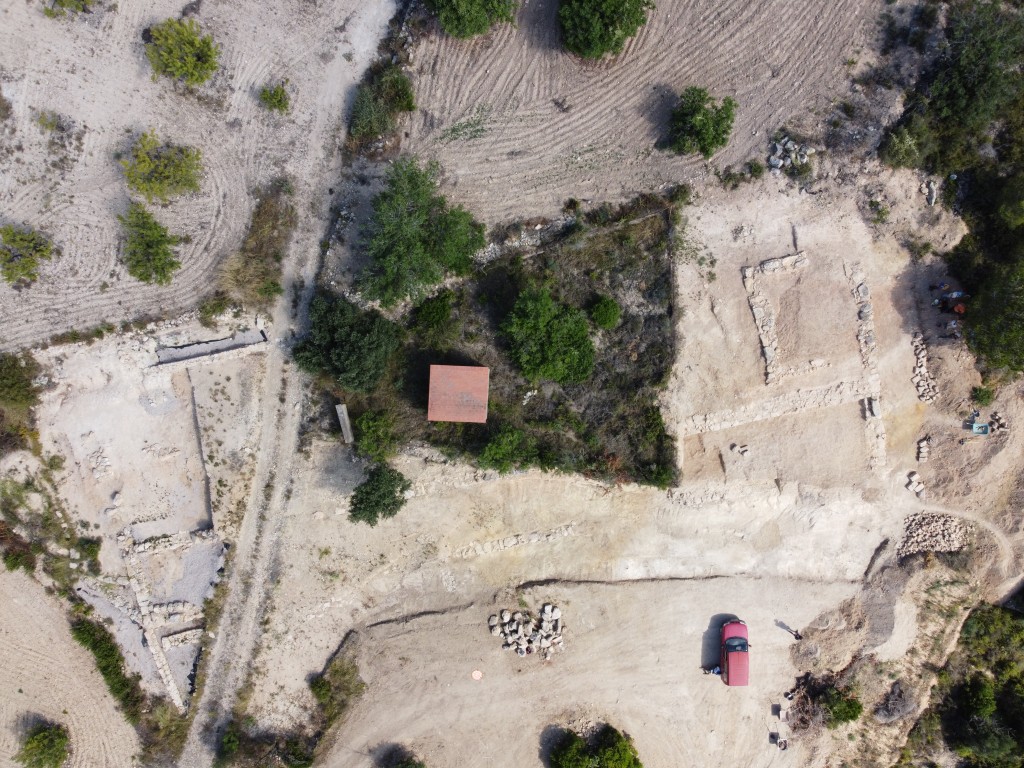
The area intervened in this year campaign is one of the most well-preserved in the settlement, with the wall being preserved at certain points up to 1 m in altitude and three courses of ashlars.
The excavated deposits have provided many materials, especially ceramic, but also constructive, which will allow us to better understand what life was like for the occupants of the fortification.
Among the findings highlights the location of interesting shards of opus signinum lining, with grooves forming geometric motifs, which probably belonged to some architectural decoration or to a great ashlars demolition, or they could have been part of the wall or maybe of another constructive element.
Overall research in this archaeological area is part of a broader project funded by the Catalan government (four-year-long project call), led by Dr Maria Carme Belarte (ICREA-ICAC) and Dr Joan Canela (ICAC), on the evolution and population of Western Cessetani settlements. The project itself is a continuation of a previous one, also based on the research topic of Cessetani protohistoric settlements.
Archaeological fieldwork in Costa de la Serra began in 2015 and, since then, an annual campaign has been carried out, by different work teams, under the direction of ICAC researchers Maria Carme Belarte (ICREA-ICAC), Joan Canela, Jordi López and Núria Otero.
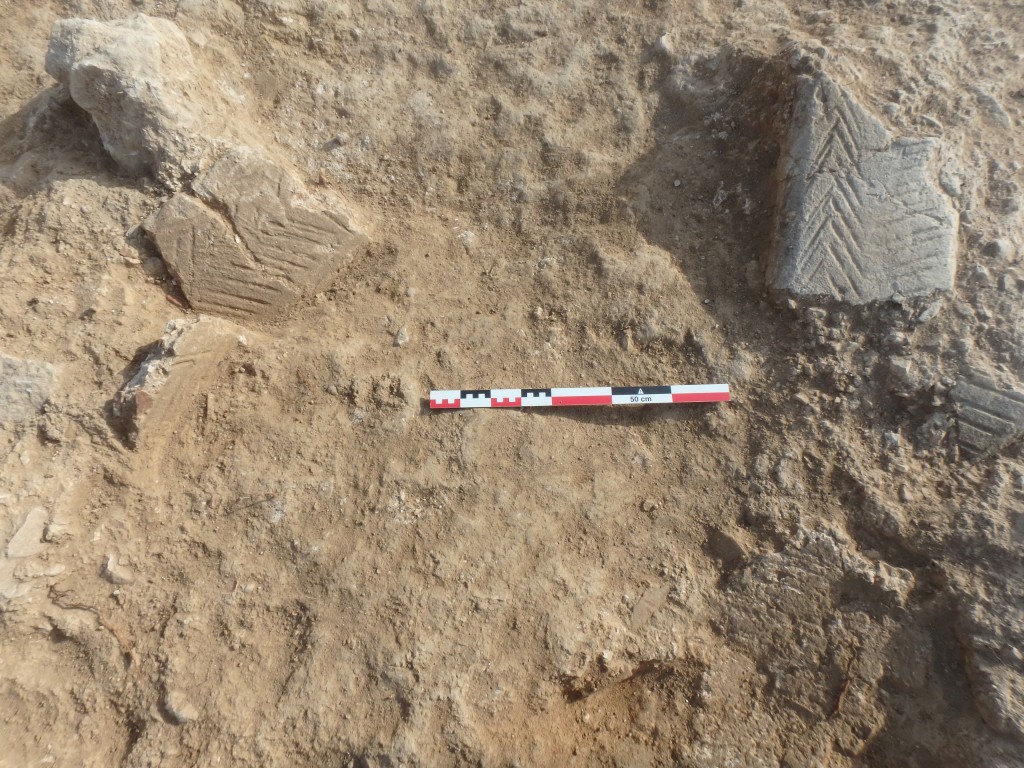
Besides the Catalan Government funding, the archaeological fieldwork has the financial support of the City Council of La Secuita (Tarragona).
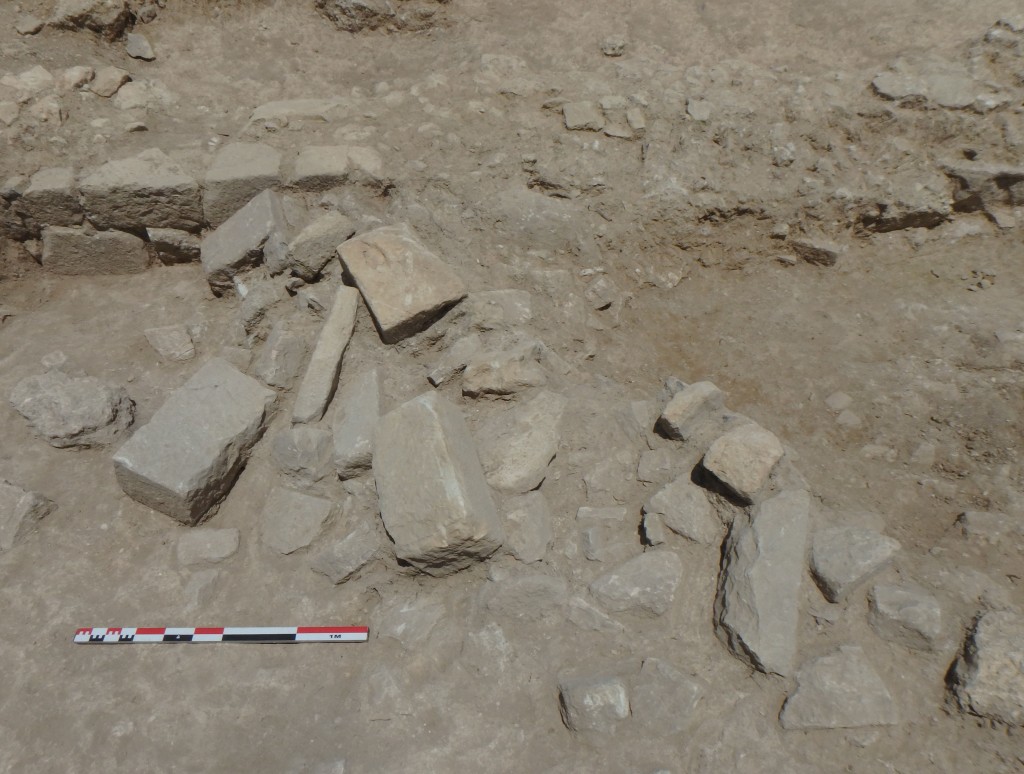
Related news:
“On-going excavation works in the protohistoric site Costa de la Serra (La Secuita, Tarragona)”, ICAC, 1 July 2020.


